In the world of architecture and interior design, choosing the right material can make or break a project. Ceramic slabs have emerged as a game-changer, offering the timeless elegance of natural stone with the practical benefits of ceramic. Architects, designers, and homeowners are increasingly turning to ceramic slabs for their lightweight construction, easy installation, and cost-effectiveness, all while maintaining a luxurious, natural aesthetic. This in-depth article compares ceramic slabs to natural stone, highlighting their unique advantages and why they’re becoming the go-to choice for modern spaces. Whether you’re planning a kitchen renovation or a commercial build, this guide will help you make an informed decision.
Understanding Ceramic Slabs and Natural Stone
Before diving into the comparison, let’s define the two materials and explore their core characteristics.
What Are Ceramic Slabs?
Ceramic slabs are large-format tiles crafted from natural materials like clay, silica, and feldspar, fired at high temperatures to create a dense, durable surface. Available in sizes up to 12 feet or more, these slabs are produced using advanced technologies like high-pressure pressing and digital printing, allowing for a wide range of designs that mimic stone, wood, or concrete.
What Is Natural Stone?
Natural stone, such as marble, granite, or travertine, is quarried directly from the earth. Each slab is unique, featuring organic patterns and textures formed over millions of years. While prized for its beauty, natural stone requires careful maintenance and can be costly due to extraction and processing.
Why Compare Ceramic Slabs to Natural Stone?
Both ceramic slabs and natural stone are popular for applications like flooring, countertops, and wall cladding. However, their differences in performance, cost, and practicality make ceramic slabs an increasingly attractive alternative. Let’s explore the key advantages of ceramic slabs over natural stone.
The Appeal of Natural Stone
Natural stone has long been synonymous with luxury. Its unique veining and rich textures add sophistication to any space. However, challenges like high costs, heavy weight, and maintenance demands have prompted designers to seek alternatives that deliver similar aesthetics with fewer drawbacks.
The Rise of Ceramic Slabs
Ceramic slabs bridge the gap between beauty and functionality. By replicating the look of natural stone while offering superior durability and affordability, they’ve become a favorite for residential and commercial projects. Their versatility and ease of use make them a standout choice in modern design.
Key Advantages of Ceramic Slabs Over Natural Stone
Ceramic slabs outperform natural stone in several critical areas, making them a practical and stylish option. Below, we break down their top benefits.
Lightweight Construction
One of the most significant advantages of ceramic slabs is their lighter weight compared to natural stone.
- Ease of Handling: Ceramic slabs are thinner and lighter, often weighing 50% less than granite or marble. This reduces transportation costs and simplifies handling during installation.
- Structural Benefits: Their lightweight nature allows for use in spaces where heavy stone might strain structural supports, such as high-rise buildings or renovations.
- Versatile Applications: Lightweight slabs can be used for furniture, like tabletops, where stone’s weight would be impractical.
Easier Installation
Installing ceramic slabs is faster and less labor-intensive than natural stone, saving time and money.
- Simplified Cutting: Ceramic slabs can be cut with standard tools, unlike stone, which often requires specialized equipment.
- Reduced Labor Costs: Their uniform thickness and lighter weight make installation more straightforward, requiring fewer workers or specialized skills.
- Minimal Substrate Prep: Ceramic slabs adapt well to various surfaces, reducing the need for extensive leveling or reinforcement.
Cost-Effectiveness
Ceramic slabs offer significant savings without compromising on style.
- Lower Material Costs: Ceramic slabs are generally 30-50% less expensive than natural stone, making them ideal for budget-conscious projects.
- Reduced Installation Expenses: Faster installation and fewer specialized tools translate to lower labor costs.
- Long-Term Savings: With minimal maintenance, ceramic slabs save money over time compared to stone’s ongoing care requirements.
Durability and Low Maintenance
Ceramic slabs are engineered for resilience, outperforming natural stone in everyday wear and tear.
- Scratch Resistance: Their hard surface resists scratches, ideal for high-traffic areas like kitchens or commercial spaces.
- Stain Resistance: Non-porous ceramic slabs repel liquids, preventing stains from wine, oil, or coffee—common issues with porous stones like marble.
- No Sealing Required: Unlike natural stone, which needs periodic sealing, ceramic slabs are maintenance-free.
Moisture and Heat Resistance
Ceramic slabs excel in environments exposed to water or heat, surpassing natural stone’s limitations.
- Waterproof Surface: Perfect for bathrooms, kitchens, and outdoor areas, ceramic slabs prevent mold and mildew growth.
- Heat Tolerance: They withstand high temperatures without cracking, making them suitable for fireplace surrounds or outdoor kitchens.
- Weather Resistance: Unlike some stones that erode in harsh climates, ceramic slabs maintain integrity outdoors.
Aesthetic Advantages of Ceramic Slabs
Ceramic slabs don’t just match natural stone’s beauty—they often enhance it with greater design flexibility and consistency.
Natural-Like Appearance
Advanced digital printing allows ceramic slabs to replicate the intricate patterns of marble, granite, or quartzite with stunning realism.
- Marble Elegance: Achieve the veined look of Calacatta or Carrara marble without the fragility or cost.
- Granite Strength: Mimic granite’s speckled texture for a bold, durable surface.
- Unique Textures: Create bespoke designs that natural stone can’t replicate, like metallic or abstract patterns.
Consistency and Uniformity
Unlike natural stone, which varies from slab to slab, ceramic slabs offer predictable results.
- Uniform Patterns: Ideal for large-scale projects where consistent aesthetics are crucial, like hotel lobbies or retail spaces.
- No Surprises: Avoid the unpredictability of natural stone’s flaws, such as cracks or unexpected color variations.
- Customizable Designs: Manufacturers can produce slabs to exact specifications, ensuring a cohesive look.
Wide Range of Finishes
Ceramic slabs come in polished, matte, or textured finishes, catering to diverse design preferences.
- Polished Glamour: Reflective surfaces add sophistication to modern interiors.
- Matte Subtlety: Non-slip matte finishes suit minimalist or outdoor spaces.
- Textured Grip: Anti-slip textures enhance safety in wet areas like bathrooms or pool decks.
Practical Applications of Ceramic Slabs
Ceramic slabs’ versatility makes them suitable for a wide range of projects, often outperforming natural stone in functionality.
Flooring
Ceramic slabs create stunning, durable floors for residential and commercial spaces.
- Seamless Designs: Large formats reduce grout lines, enhancing the perception of space.
- High-Traffic Durability: Perfect for airports, malls, or busy homes.
- Outdoor Flooring: Weather-resistant slabs transform patios and walkways.
Wall Cladding
From interior accent walls to exterior facades, ceramic slabs add style and protection.
- Feature Walls: Create dramatic focal points with marble-look slabs.
- Exterior Facades: Lightweight, weather-resistant slabs enhance building exteriors.
- Hygienic Surfaces: Non-porous slabs are ideal for hospital or restaurant walls.
Countertops and Surfaces
Ceramic slabs are a top choice for countertops, offering beauty and practicality.
- Kitchen Countertops: Resist stains, scratches, and heat for a low-maintenance workspace.
- Bathroom Vanities: Create elegant, waterproof surfaces for sinks and storage.
- Commercial Counters: Durable surfaces for bars, reception desks, or retail counters.
Furniture and Decor
Ceramic slabs’ lightweight nature enables innovative design applications.
- Dining Tables: Craft sleek, durable tabletops with stone-like beauty.
- Shelving Units: Create custom storage with lightweight, stylish slabs.
- Outdoor Furniture: Design weather-resistant pieces for gardens or terraces.
Challenges of Natural Stone and How Ceramic Slabs Address Them
Natural stone’s drawbacks highlight why ceramic slabs are often a better choice.
High Maintenance
Natural stone requires regular care to maintain its appearance.
- Sealing Needs: Marble and granite need sealing every 6-12 months to prevent stains.
- Special Cleaners: Harsh chemicals can damage stone, requiring costly cleaners.
- Ceramic Solution: Maintenance-free slabs save time and money.
Weight and Structural Issues
Stone’s heaviness poses logistical and structural challenges.
- Transport Costs: Heavy stone increases shipping expenses.
- Structural Reinforcement: Floors or walls may need strengthening to support stone.
- Ceramic Solution: Lightweight slabs reduce costs and simplify installation.
Environmental Impact
Natural stone quarrying can harm ecosystems, while ceramic slabs offer a greener alternative.
- Quarrying Damage: Stone extraction disrupts landscapes and consumes energy.
- Limited Supply: Some stones are scarce, driving up costs.
- Ceramic Solution: Made from abundant materials, slabs are sustainable and recyclable.
How to Choose Between Ceramic Slabs and Natural Stone
Deciding between ceramic slabs and natural stone depends on your project’s needs. Here’s a guide to help you choose.
Evaluate Your Budget
- Ceramic Slabs: Ideal for cost-conscious projects with high-end aesthetics.
- Natural Stone: Best for luxury projects where budget isn’t a constraint.
Consider the Environment
- Wet Areas: Ceramic slabs are superior for bathrooms, kitchens, or outdoor spaces.
- Dry Interiors: Natural stone can work for low-maintenance areas like living rooms.
Assess Design Goals
- Consistency: Choose ceramic slabs for uniform, predictable results.
- Uniqueness: Opt for natural stone if one-of-a-kind patterns are essential.
Factor in Maintenance
- Low Maintenance: Ceramic slabs suit busy households or commercial spaces.
- High Maintenance: Natural stone fits projects with dedicated upkeep plans.
Installation and Maintenance Tips for Ceramic Slabs
To maximize the benefits of ceramic slabs, follow these best practices for installation and care.
Installation Best Practices
- Hire Professionals: Work with experienced installers familiar with large-format slabs.
- Prepare the Substrate: Ensure surfaces are level and stable to prevent cracks.
- Use Quality Adhesives: High-grade adhesives enhance durability and prevent shifting.
Maintenance Guidelines
- Regular Cleaning: Sweep or mop with a pH-neutral cleaner to maintain shine.
- Spill Management: Wipe spills promptly to preserve the surface, though stains are rare.
- Avoid Abrasives: Skip harsh scrubbers or chemicals that could dull finishes.
The Future of Ceramic Slabs in Design
Ceramic slabs are poised for continued growth in popularity, driven by technological advancements and sustainability trends.
- Innovative Designs: Expect more realistic textures and custom patterns.
- Eco-Friendly Production: Manufacturers are adopting greener processes and recycled materials.
- Smart Integration: Future slabs may incorporate sensors or interactive features.
As architects and designers prioritize functionality and sustainability, ceramic slabs will remain a cornerstone of modern design.
Conclusion
Ceramic slabs offer the perfect blend of beauty, durability, and value, making them a compelling alternative to natural stone. With their lightweight construction, easy installation, and cost-effectiveness, they meet the demands of modern architecture while delivering the luxurious aesthetic of marble, granite, or travertine. Whether you’re designing a cozy home or a grand commercial space, ceramic slabs provide unmatched versatility and practicality. By choosing ceramic slabs, you’re investing in a material that combines timeless elegance with cutting-edge performance, ensuring stunning results for years to come. Ready to transform your next project? Ceramic slabs are the smart, stylish choice.

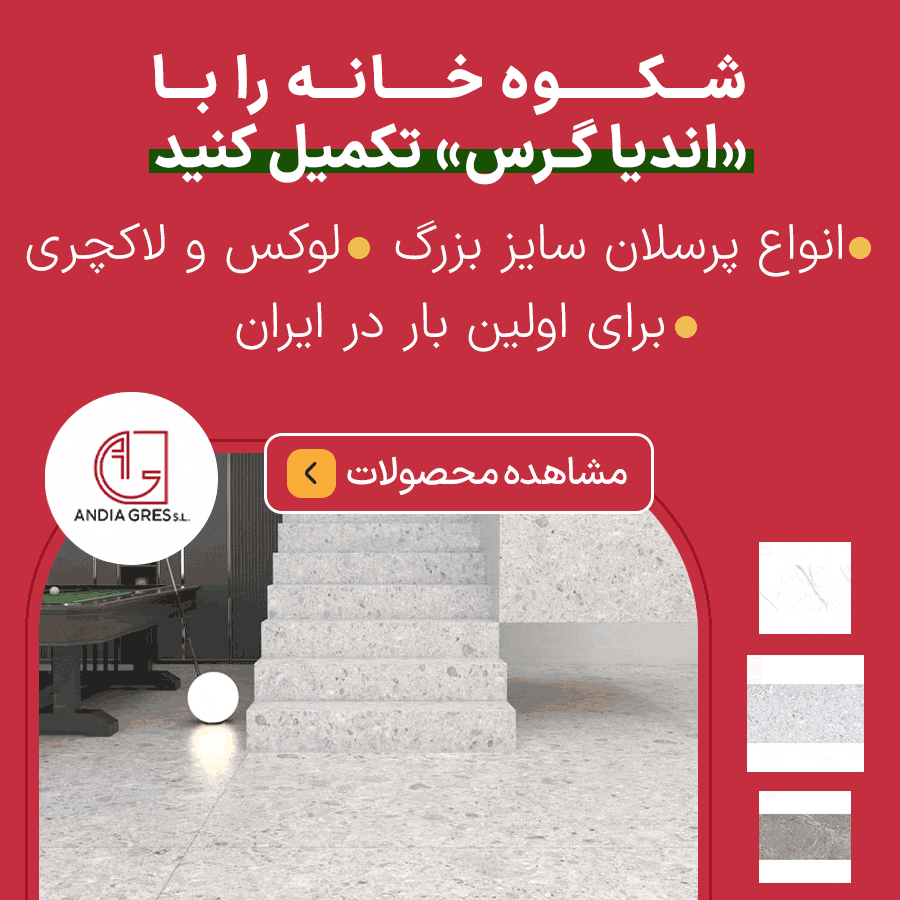
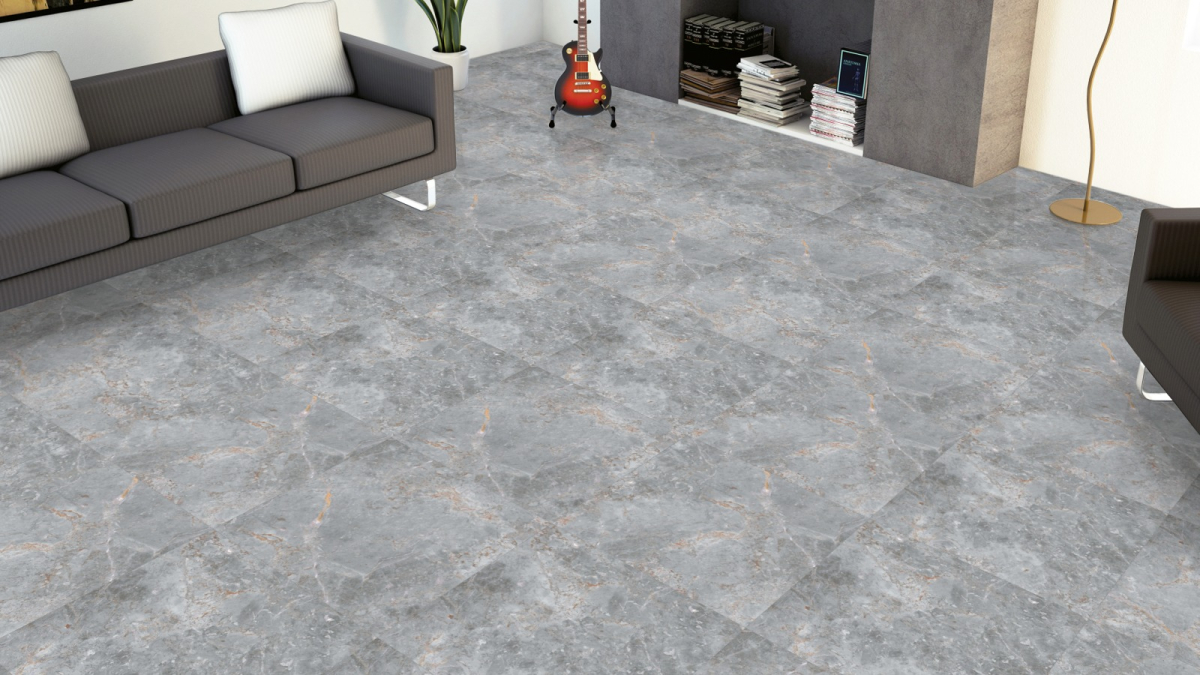
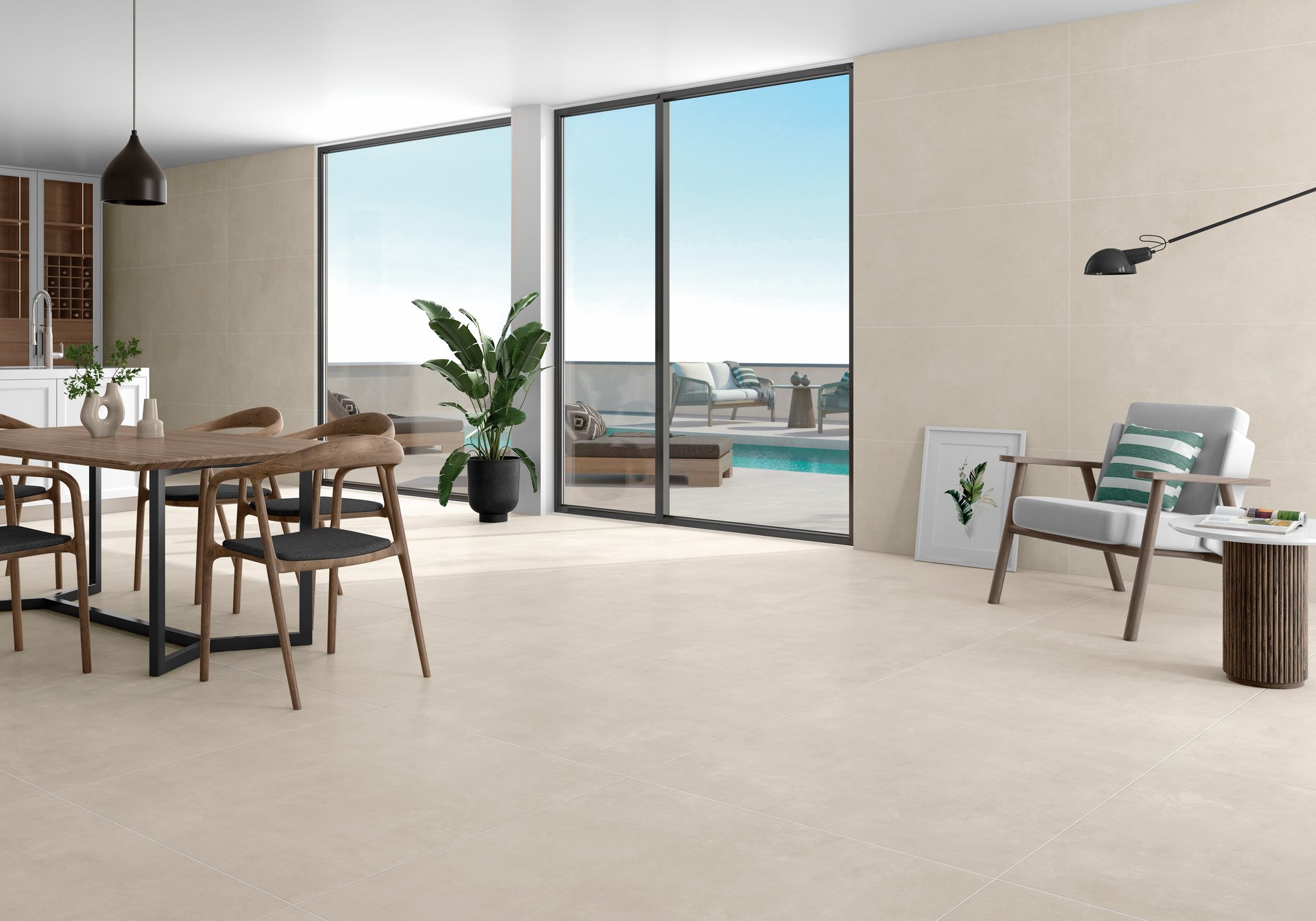

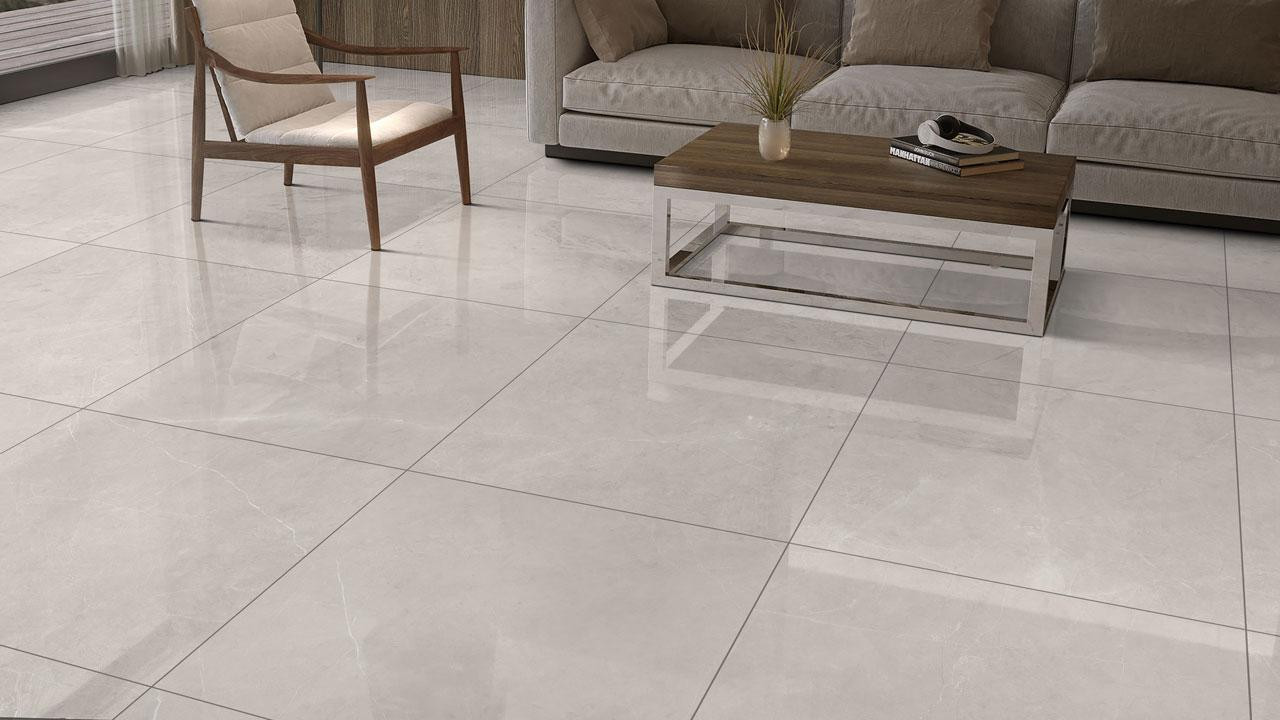
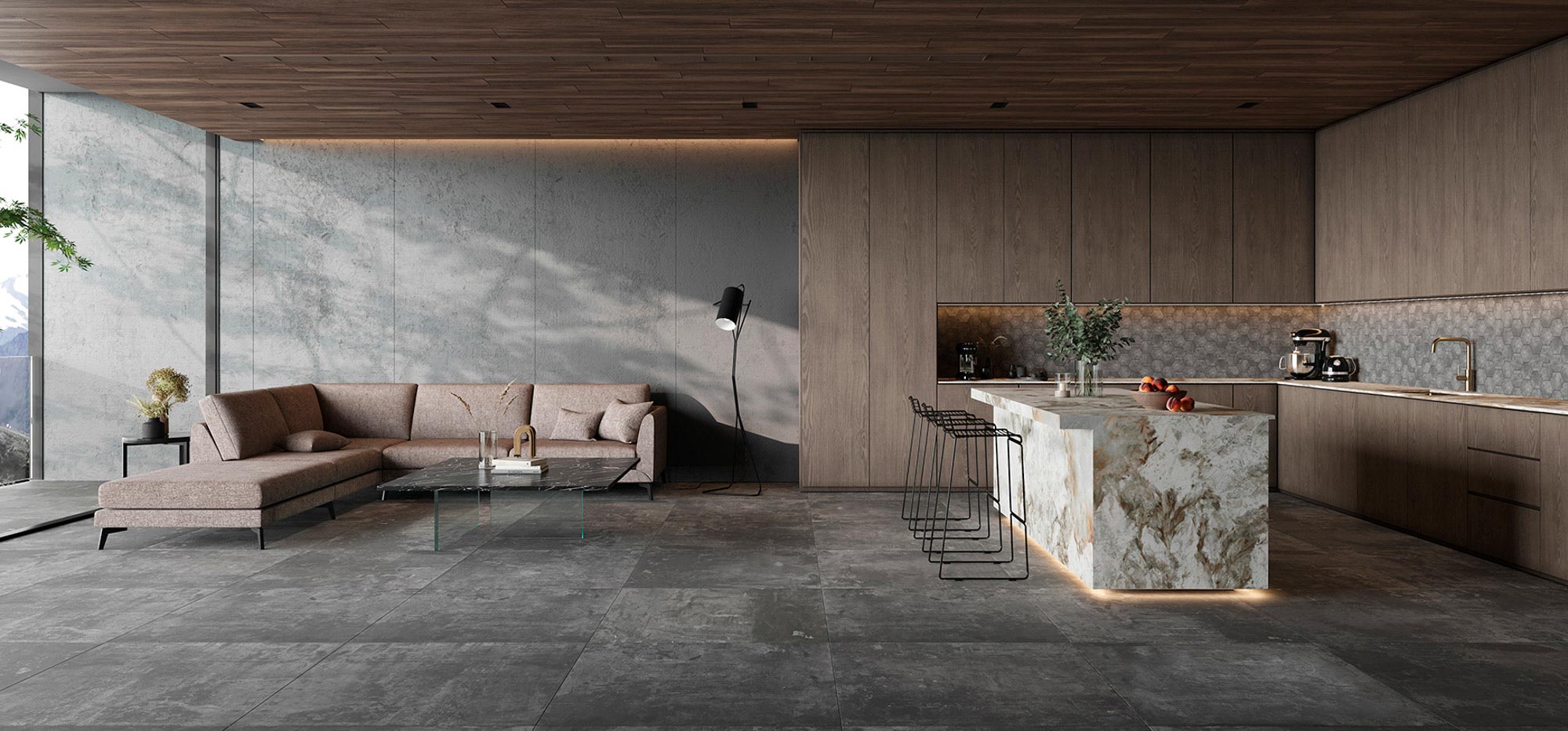

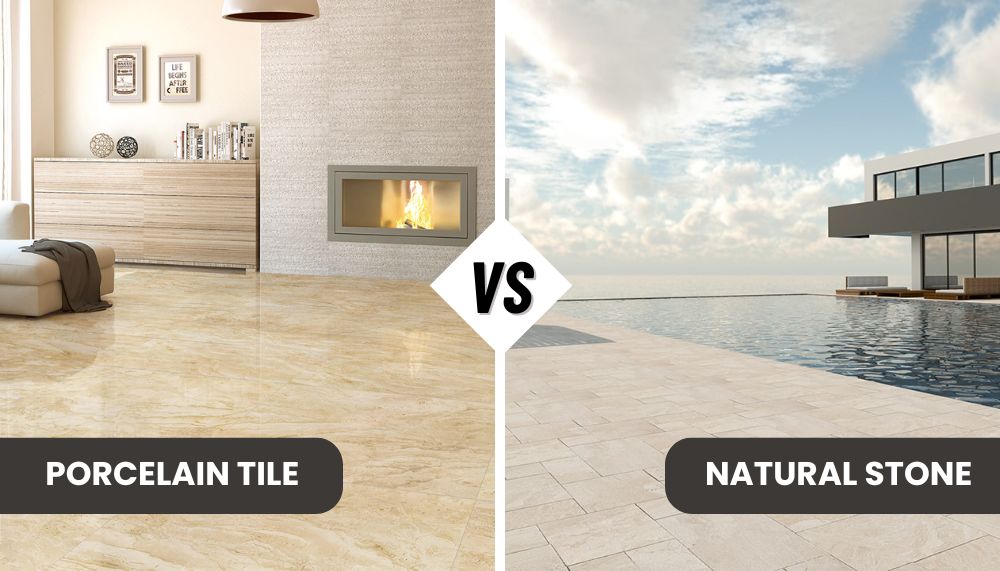
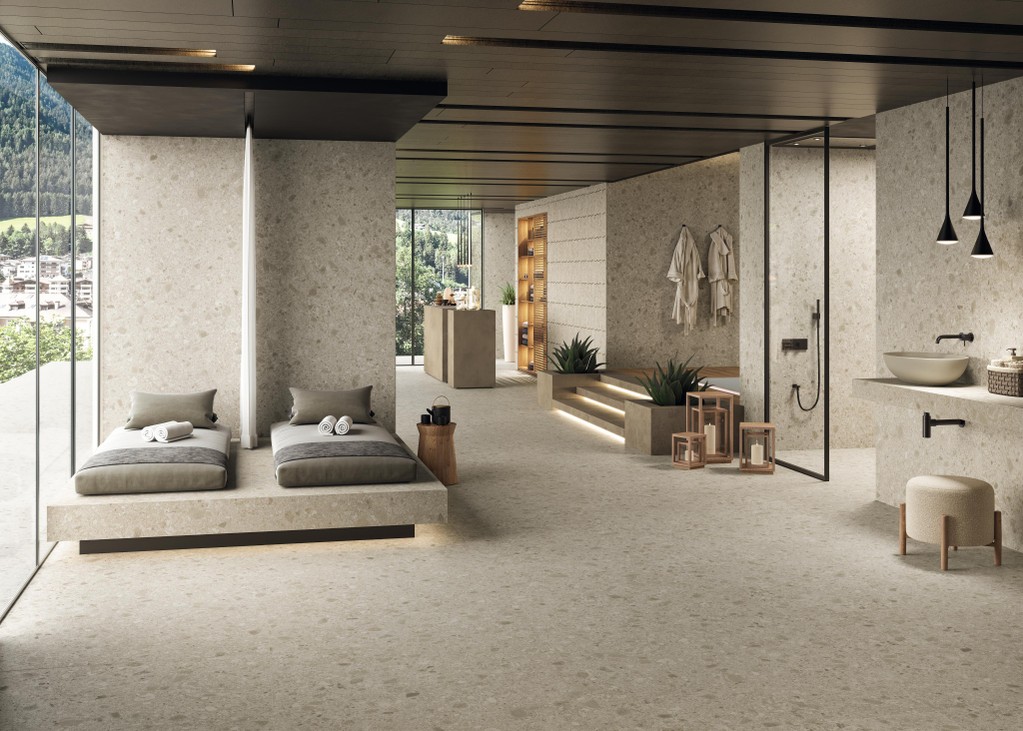




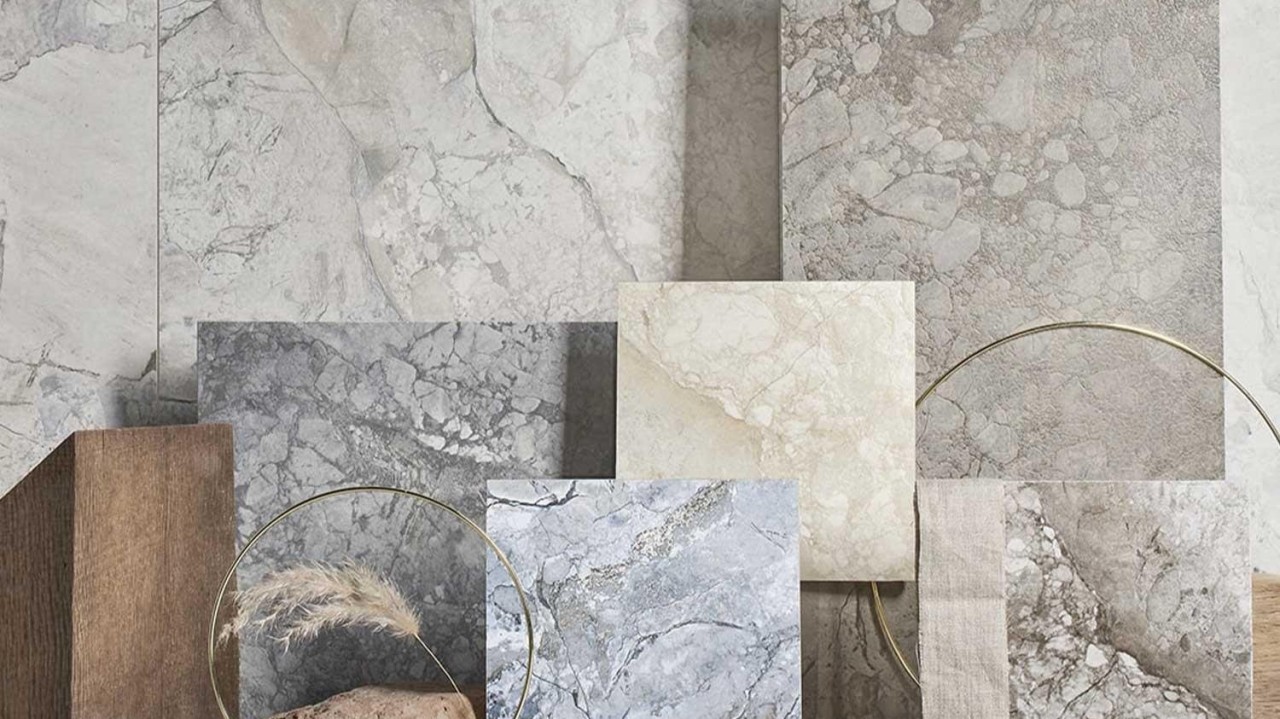



نظرات ۰